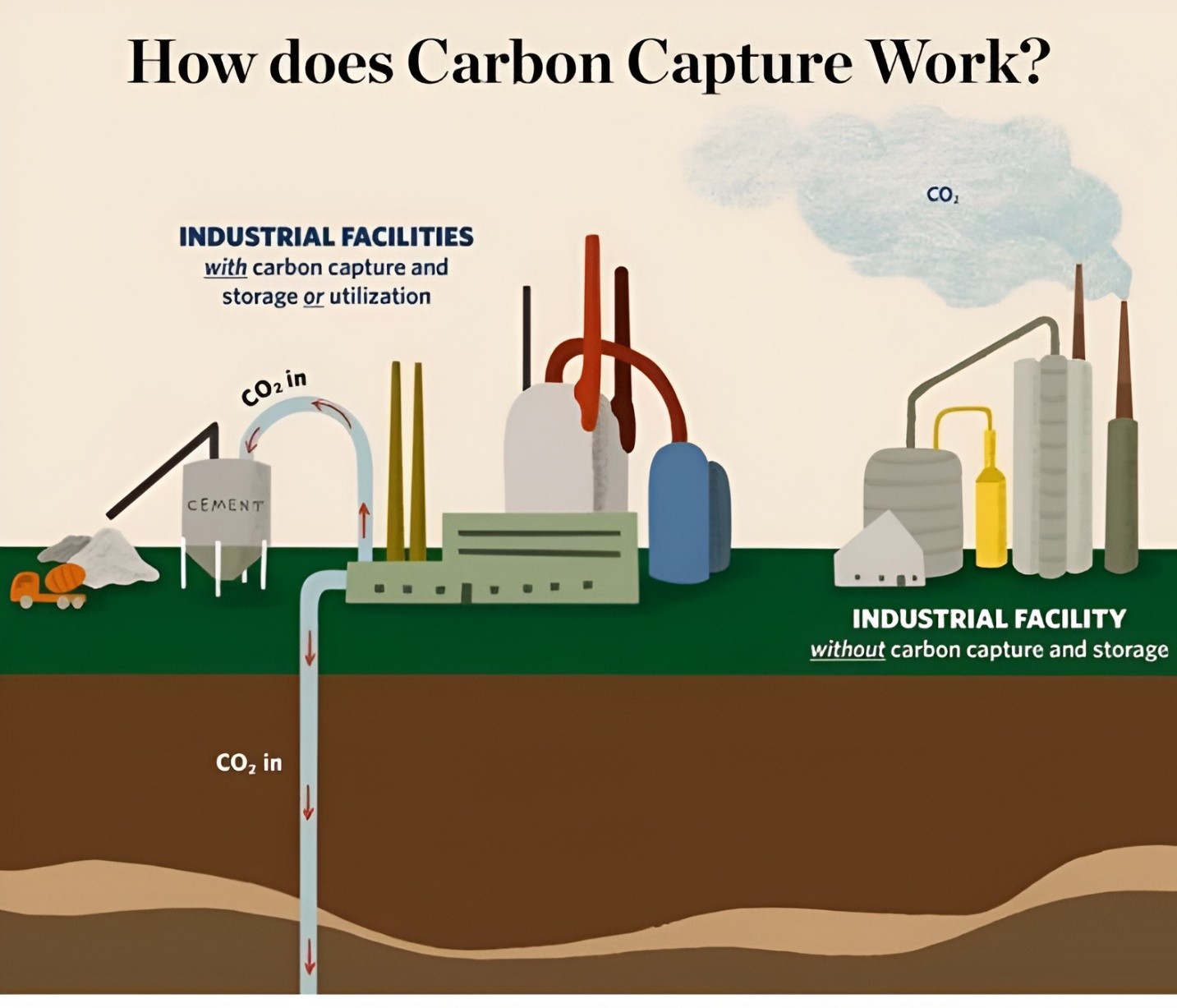7667766266
enquiry@shankarias.in
Recently a new report has warned that reliance on Carbon capture and storage (CCS) could add 25 billion tonnes of emissions and lock the region into fossil fuel pathways.
